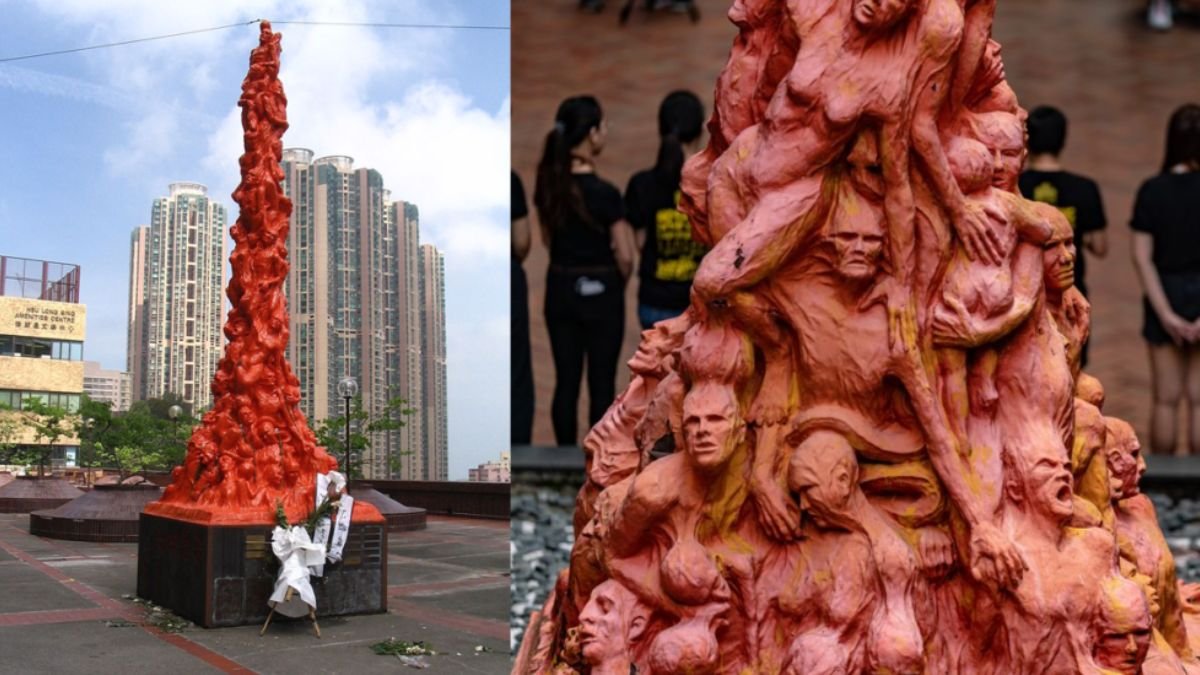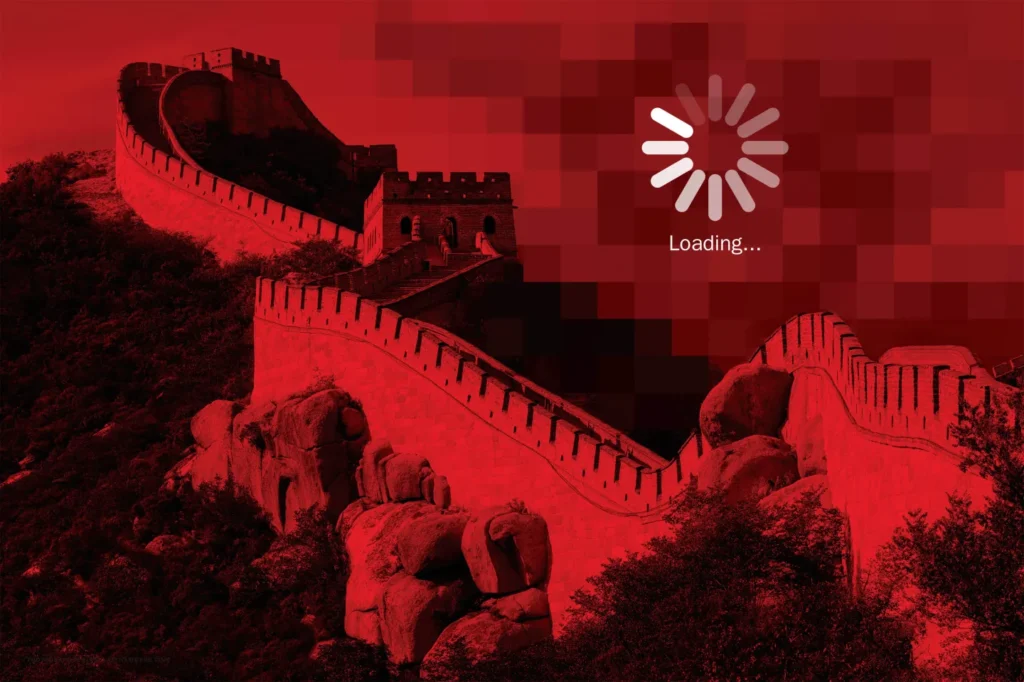China’s Ruthless Effort to Erase Tiananmen Square Massacre

Imagine a moment in history so impactful that an entire nation seeks to erase it from memory. This is the reality of the Tiananmen Square Massacre, a tragic event that unfolded on June 4, 1989, in the heart of Beijing. For over three decades, the Chinese Communist Party has waged a relentless campaign to scrub this episode from the annals of history. Through an intricate web of censorship, propaganda, and intimidation, the CCP endeavors to bury the truth and silence those who dare to remember. This episode delves into China’s extraordinary efforts to erase every trace of the Tiananmen Square Massacre, revealing a story of suppression, resilience, and the enduring quest for justice.
Censorship and Internet Control

China’s Great Firewall is one of the most sophisticated internet censorship systems in the world, blocking access to a wide range of content deemed undesirable by the government. Any mention of the Tiananmen Square Massacre is swiftly scrubbed from social media platforms, search engines, and websites. Specific keywords related to the event are consistently monitored and filtered out. Even numbers and dates related to June 4, 1989, are often censored to prevent any discussion or commemoration. Foreign websites and platforms, including Google, Facebook, Twitter, and many news outlets, are blocked in China. Domestic platforms like WeChat, Weibo, and Baidu strictly comply with government directives to censor sensitive content. Individuals attempting to share information about the massacre online face immediate post deletions, account suspensions, or even legal repercussions.
Also Read, Tiananmen Square Massacre: The Dark Chapter Of Communism In China
Rewriting History and Propaganda
The CCP has embarked on a relentless campaign to rewrite history. Official narratives describe the 1989 protests as a “political disturbance” or “counterrevolutionary riot,” avoiding any mention of the brutal crackdown. History textbooks, educational materials, and media portray a sanitized version of events, emphasizing stability and economic growth over democratic aspirations and human rights abuses. Propaganda efforts are also directed at younger generations who have no personal memory of the events. The state-controlled media consistently omits references to the massacre, ensuring that many young Chinese are unaware of what transpired. This strategy of historical amnesia is designed to maintain social harmony and prevent any resurgence of dissent.

Pillar of Shame is an 8-meter tall sculpture established at Hong-kong university. It represented the Tiananmen square massacre of 1989 but after China take-over the Hong-kong it was broken into pieces and removed.Its removal is a treatment of the ruling communist party’s effort to erase the blood-stained events of that day from the Chinese public mind. The Government doesn’t allow any memorial and even whisk dissidents out of town. So they can’t organize any commemoration around the anniversary.
Also Read, Annexation Of Tibet: 73 Years Of Tyranny & Treachery
Intimidation and Surveillance
Another effort to erase memory of Tiananmen square massacre is Intimidation and Surveillance. Survivors, activists, and families of the victims are subjected to intense surveillance and harassment. Prominent dissidents, such as members of the Tiananmen Mothers, who seek justice and accountability for their lost loved ones, are closely monitored, placed under house arrest, or imprisoned. The government’s objective is to silence any voices that challenge the official narrative.On sensitive anniversaries, authorities tighten security, deploying plainclothes police and increasing surveillance to prevent public gatherings or commemorative activities. Citizens are warned against participating in any form of remembrance, and those who attempt to do so often face severe consequences.
International Pressure and Diplomacy
CCP efforst are not limited to the China in fact China’s efforts extend beyond its borders. The CCP exerts diplomatic pressure on other countries and international organizations to avoid discussing or commemorating the Tiananmen Square Massacre. Chinese officials often protest and retaliate against foreign governments or entities that raise the issue, using economic and political leverage to enforce compliance. This diplomatic pressure is part of a broader strategy to ensure the event remains a taboo subject on the global stage. Chinese students and communities abroad are also encouraged to tow the party line, with Chinese embassies and consulates playing an active role in monitoring and influencing overseas Chinese populations.
Cultural and Artistic Suppression
The Chinese government also suppresses cultural and artistic expressions related to the Tiananmen Square Massacre. Books, films, and artworks that depict the events of June 4, 1989, are banned. Artists, writers, and filmmakers who tackle the subject face censorship, financial penalties, or even imprisonment. Supreesing others Culture is China’s CCP one of the favourite hobby .Persecution of Tibetans, uyghurs, falun gong, women, media, students are still on. The CCP commits genocide against the Uyghur people; crushes promised freedoms in Hong Kong; censors print, broadcast, and social media; and imprisons and executes dissidents. A recent investigation by the UK’s Sky News has exposed China’s escalating control over Islamic practices within the country. The report highlights the growing restrictions and surveillance imposed on Muslims, especially in areas with substantial Islamic populations. according to a report published in The Guardian, After radical modification and what is being called as “sinicisation”, China’s last major mosque – which once had Arabic-style architectural features – has now lost its domes and minarets. It seems like Chinese government has turned China into a big prison.

Also Read, Uyghur Genocide: The Cruel Face Of China
But Despite these efforts, some works manage to circumvent censorship and reach a global audience, highlighting the ongoing struggle for truth and remembrance. International advocacy groups and human rights organizations continue to document and disseminate information about the massacre, providing a counter-narrative to the CCP’s version of history.
China’s attempts to erase the memory of the Tiananmen Square Massacre are extensive and multifaceted, involving rigorous censorship, historical revisionism, and intimidation. Despite these efforts, the events of June 4, 1989, remain a symbol of resistance and a reminder of the ongoing struggle for freedom of expression and human rights. The persistence of activists, both within China and internationally, ensures that the truth of Tiananmen Square endures, challenging the CCP’s attempts to consign it to oblivion.




